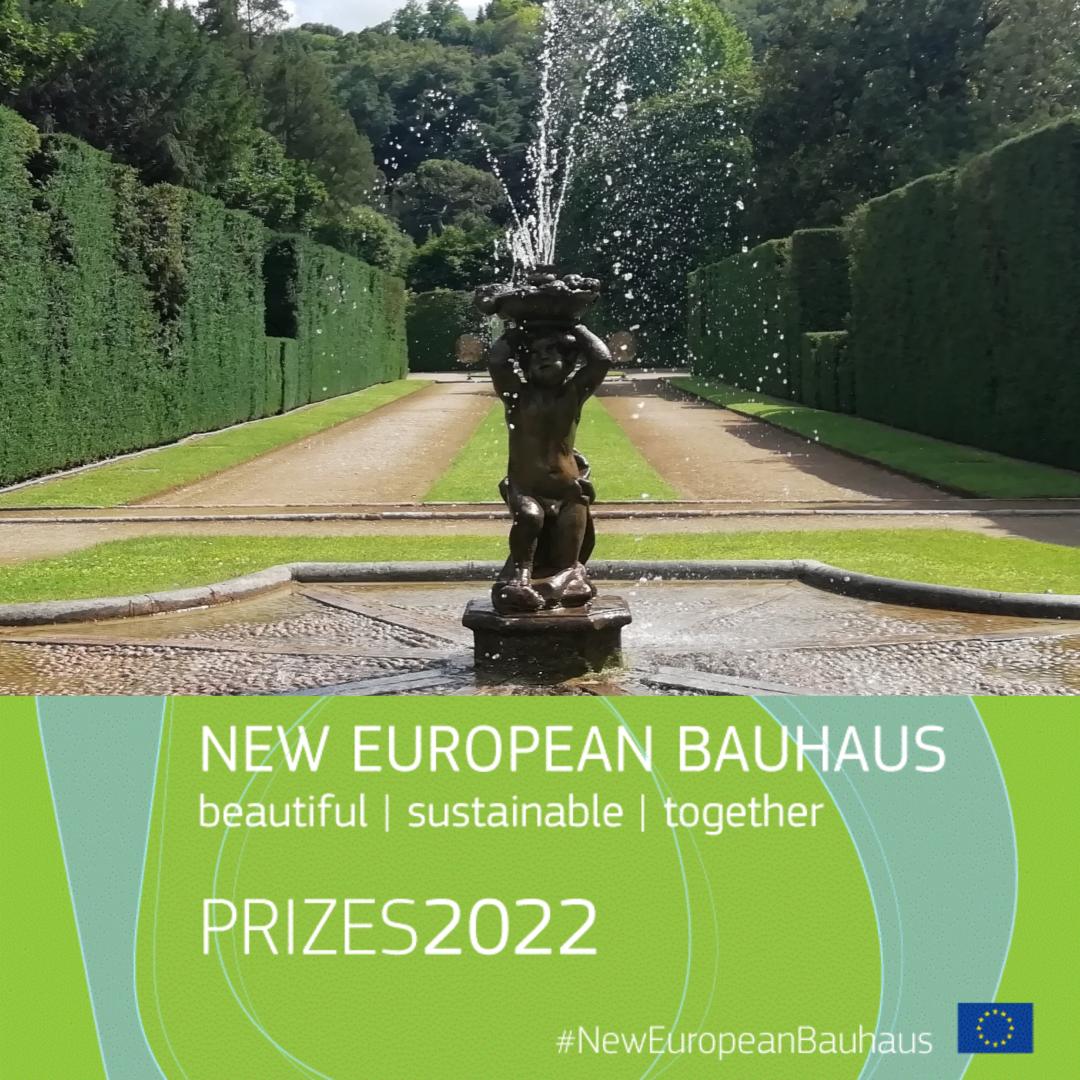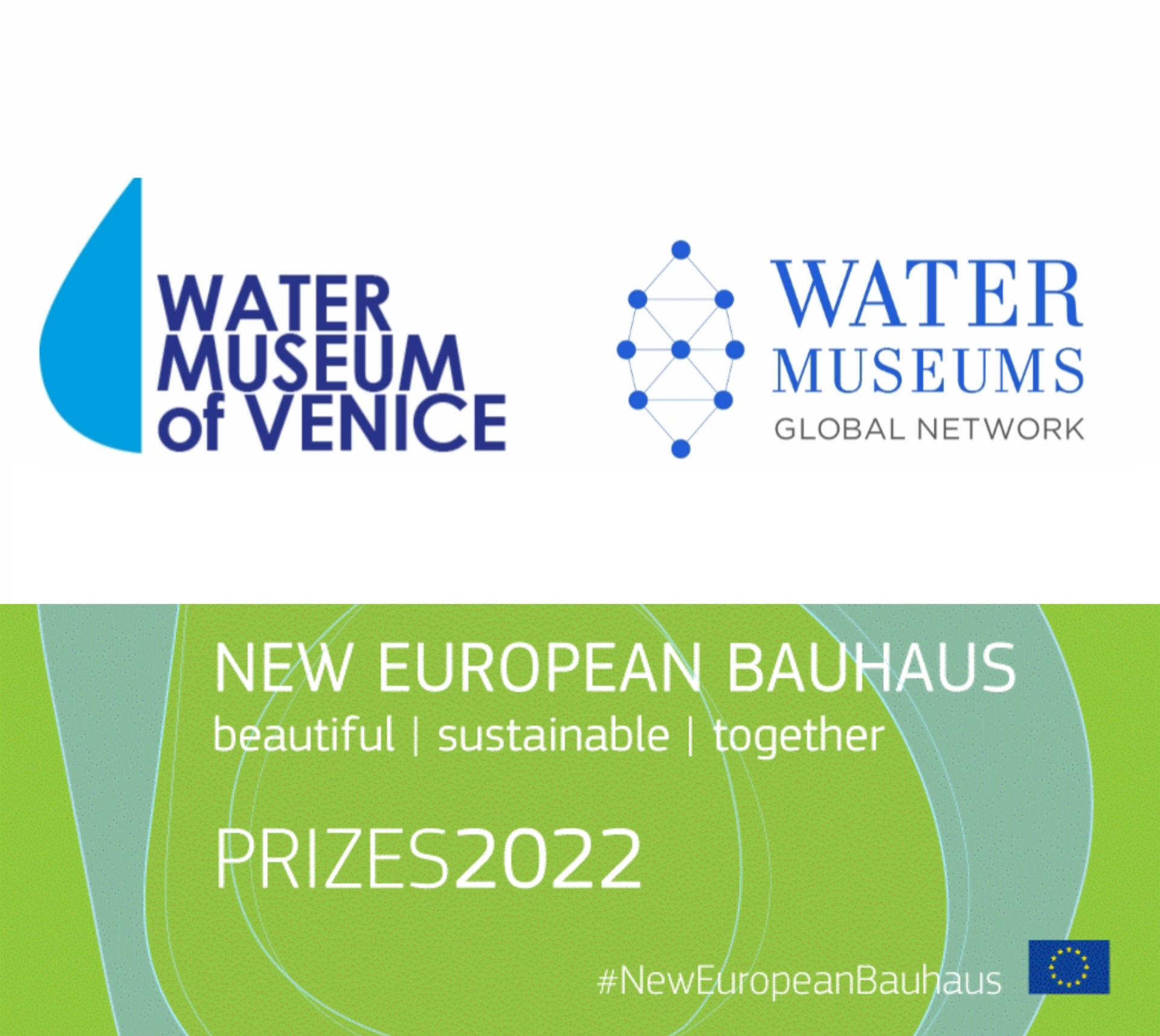Rethinking the Water Museum of Venice
Basic information
Project Title
Full project title
Category
Project Description
The current pilot project of the Water Museum of Venice includes only a network of water-based places from Padua and Rovigo. The idea is to enlarge it by adding new Italian partners located in the northeast of the country to create an interregional and participatory ecomuseum to support the local cultural and natural sites. In the next future, this model can be even more developed involving Italian and European places such as those within the "Water Museums Global Network" (WAMU-NET).
Geographical Scope
Project Region
Urban or rural issues
Physical or other transformations
EU Programme or fund
Which funds
Description of the project
Summary
The Water Museum of Venice is a digital ecomuseum created by the International Center for the Civilization of Water Onlus. It is composed of concrete physical places - which aims to offer the wider public a representative platform of the exemplary heritage of water civilizations present in the "Tre Venezie or Triveneto": from the Po delta to Lake Garda; from the city of Bolzano to the port of Trieste, from the mountains of Belluno to the Venice lagoon. The sites are unique and diversified including for example the elegant Palladian villas and the imposing castles built along the "liquid roads" of the Serenissima, the river landings and the mills, the sacred and therapeutic waters, the parks and naturalistic oases. The natural and cultural heritage (tangible and intangible) linked to the historical uses of water are at the heart of the Water Museum of Venice project, whose aim is to give these water landscapes new visibility worldwide. However, the current pilot project of this network includes only 64 water-based places from Padua and Rovigo. The idea is to enlarge it by adding new Italian partners located in the northeast of the country (the so-called "Triveneto or Tre Venezie" area) to create an interregional ecomuseum with at least 500 partners to support the local cultural and natural heritage giving them adequate online and offline communication and thus creating synergies for the territory. In the next future, this model can be even more developed involving national and European networks such as those within the WAMU-NET.
Key objectives for sustainability
The network of the Water Museum of Venice is already a virtuous example of environmental sustainability but it needs further development. It comprises places and itineraries in close contact with nature through a slow and experiential discovery. For centuries, water has been the glue between nature and man in these areas both as a precious asset for the local community and as a way of transport to trade with neighbours. Today this perspective must be recovered as it has faded in the present era so marked by cars, trains, and planes. The didactic aspect is certainly central to this project as sustainable and circular paths are proposed that can be put into practice at low costs in almost all sites. Furthermore, the presence of such a committed network could attract other stakeholders inclined to respect and enhance the cultural and natural heritage, thus creating synergies in opposition to the highly industrialized area in question. This is the main reason why developing this project in the polluted North-East of Italy must be done to reverse the trend for the benefit of everyone.
Key objectives for aesthetics and quality
The network of the Water Museum of Venice is already a virtuous example of aesthetic improvement but it needs further development. Many international researchers have recently proved the positive connection between the so-called "Green & Blue Aesthetics" and the lengthening and improvement of life. There are many reasons for this statement: in a better environment the air is healthier, it is more likely to carry out physical activities, socializing is easier and more relaxing, there are varied and stimulating experiences outside the city centers, in summer the perceived temperature is lower, and it is possible to discover the local fauna and flora together with the cultural heritage. All these aspects are linked to the so-called "ecosystem services". In fact, it is no coincidence that within the network some beautiful places such as historic gardens and nature reserves are present, making green & blue aesthetics their greatest strength. In this way, it is possible to combine functionality and beauty bringing this example in other Italian and European contexts.
Key objectives for inclusion
The network of the Water Museum of Venice is already a virtuous example of inclusion but it needs further development. This project was conceived through a bottom-up and participatory approach as without the attendance of the community it would not be possible to carry out the initiatives of the network itself. This is the reason why everyone is invited to support these activities regardless of gender, skin color, religion, or any other aspect. The goal is to develop a network where public and private actors join and foster the citizens. As already mentioned, there are still many improvements to carry on and there is the stimulating possibility of co-creating this reality together, making it inclusive, accessible, and affordable, becoming also a reference point for the other Water Museums in Europe. It must be added that water can also become an instrument of European cohesion as this asset will be increasingly important due to its scarcity and its uneven distribution in EU countries. Hence, a reality of this type could help politics to strengthen ties from a sustainable perspective.
Physical or other transformations
Innovative character
These three dimensions - sustainability, aesthetics, and inclusion - could be combined according to a long-term perspective. Today the 2030 Agenda dominates the global scene giving some defined values to be achieved for 17 goals in the next eight years for many issues linked not only to the environment. However, these achievable values can be misleading at first glance. They are only a starting point for saving the world and not a point of arrival as many think. Creating sustainable networks such as that of the Water Museum of Venice marks a long-term paradigm shift by proposing participatory ideas and objectives, which go even beyond those of the 2030 Agenda. In this way, synergies between public and private sectors are strengthened for the benefit of everyone, from locals to tourists. This could be an effective and efficient way to build a truly sustainable, beautiful, and inclusive ecological system with what is already present physically but not connected or enhanced in a proper manner.


